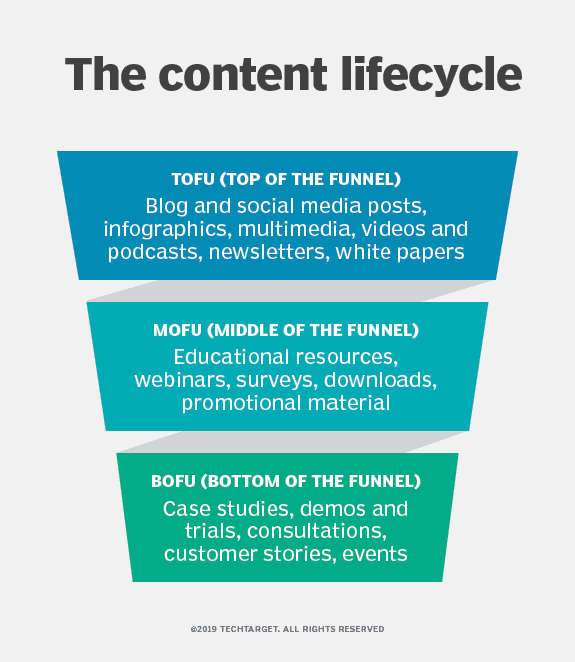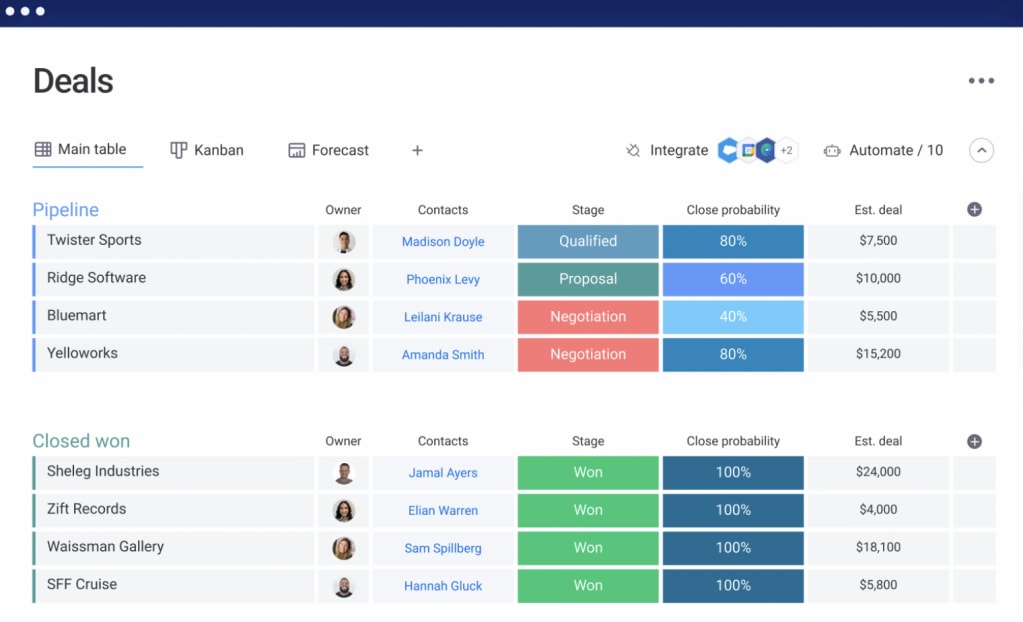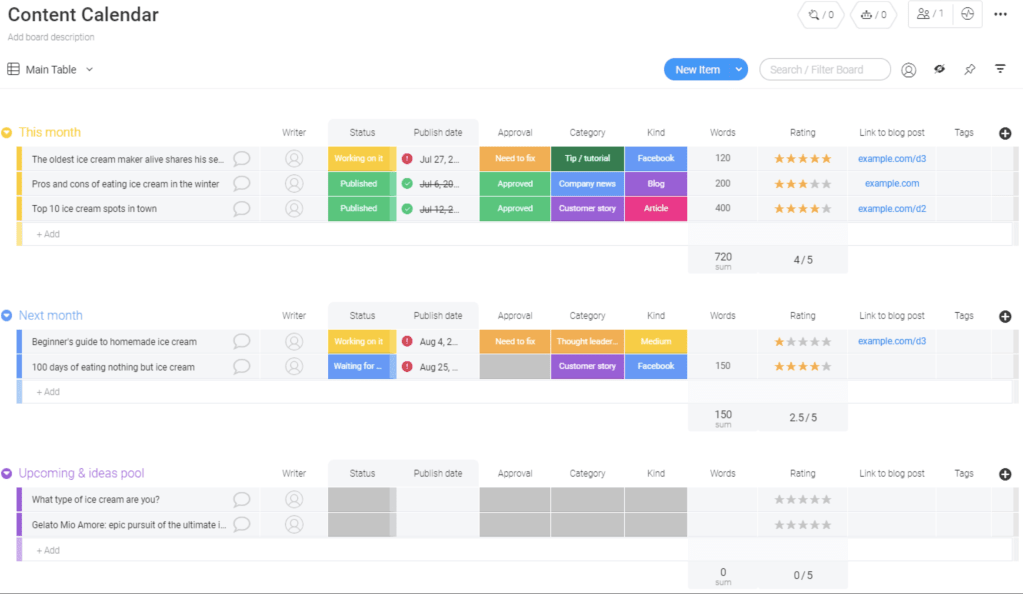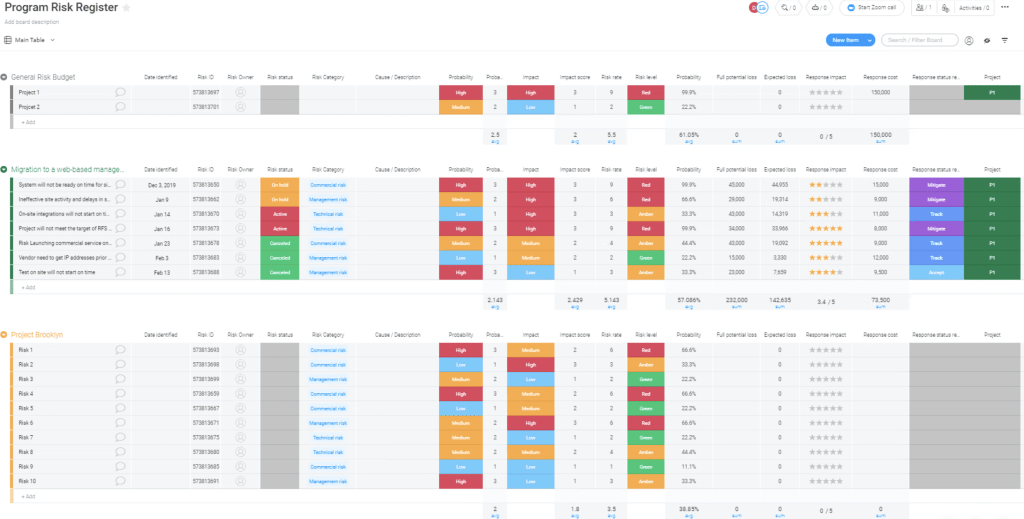When marketing your business, it’s always ideal to have customers coming to you rather than spending time and resources seeking them out. Inbound marketing is a good way to make strangers aware of your business and then turn them into leads and eventually customers.
Still, inbound marketing on its own isn’t enough to turn a stranger into a loyal customer. You need a process in place to take them through various stages and interactions with your business.
That process can be visualized as a funnel. Imagine all potential customers going in on the wider end, and as they travel through the funnel, only the ones that are most relevant and interested in your business will remain.
In this piece, we’ll take a deeper look into the inbound marketing funnel, break down its core stages, and give you some helpful insights on how to create your own.
What is an inbound marketing funnel?
An inbound marketing funnel is a process of turning a visitor or prospect into a paying customer. It involves attracting potential customers to your website or other channels, converting them into leads with content offers and emails, nurturing them with automated emails and content, and closing them as customers with sales calls and other sales activities.
What are the different stages of an inbound marketing funnel?
The inbound marketing funnel is the journey that customers take from discovery to purchase. Understanding each stage of the funnel and what it entails is essential to creating an effective inbound marketing strategy.
1. Attract
In the first stage, you attract potential customers with content and campaigns that are relevant to their interests. This includes optimizing your website and content for search engine visibility, running targeted digital ads, and creating social media posts.
2. Convert
At this point in the funnel, the focus is on converting website visitors into leads. This is accomplished through targeted and relevant lead capture forms, calls-to-action, and landing pages.
3. Close
This is the third stage in the inbound marketing funnel. Here, you close sales by nurturing leads with personalized content and campaigns. This may involve sending personalized emails, offering discounts, and providing valuable content to help them make an informed decision.
4. Delight
In the last stage, you want to delight existing customers and generate referrals. This involves providing excellent customer service and showing appreciation for their business. It also entails creating content and offers that help customers get the most out of their purchase.

The funnel isn’t the only thing that changes as leads move through it. Customers themselves change from strangers to leads and eventually loyal advocates of your brand. This is what makes going through each stage of the inbound marketing funnel so important.
Creating your own inbound marketing funnel
Whether you’re a small business owner, a freelancer, or a corporate marketing team, creating an effective inbound marketing funnel is essential for acquiring and retaining customers.
The best way to create your own inbound marketing funnel is to break the funnel down into three categories.
By leveraging each part of the funnel and creating distinct strategies and content for them, you can develop a comprehensive inbound marketing strategy that converts prospects into leads and leads into customers.
Let’s take a look at what this might look like.

1. TOFU – Top of the funnel
At the top of the funnel (TOFU), the objective is to attract potential customers to your website or other online platforms. Since in this stage potential customers aren’t likely to know about your brand, the goal here is to create awareness. The aim is to capture the attention of people who may be interested in your product or service and get them to engage with your brand. In this part of the funnel you should focus on:
- SEO
- PPC ads
- Social media marketing
2. MOFU – Middle of the funnel
In the middle of the funnel (MOFU), the goal is to convert these interested prospects into leads as they consider your products or services by providing them with more information and getting them to provide their contact information. This is the time to work on content such as:
- Landing pages
- Gated content
- CTAs for lead capturing
3. BOFU – Bottom of the funnel
At the bottom of the funnel (BOFU), you want to convert these leads into customers by providing them with the information they need to make a purchase decision. A good strategy is to highlight instances where other customers saw success after completing a purchase. In this final stage of the inbound marketing funnel, you should focus on:
- Targeted emails such as an abandoned cart email
- Personalized purchase offers
- Case studies, reviews, and testimonials
How to use monday.com to build an inbound marketing funnel
It’s one thing to understand what strategies and types of content make up each stage of the inbound marketing funnel, and it’s another to put them into action. When creating your own funnel, it’s important to keep track of every stage, both where the customer is and the marketing strategies you’re using to reach them. monday.com has a number of features that can help you keep track of both.
CRM

monday.com can function as a CRM software, providing you with a place to save and track leads and communicate with them. This helps all team members stay on track of where leads are in a funnel so they know how to interact with them and the specific information they might need.
Content calendar

Create a content calendar board on monday.com to keep track of the content you need to work on for the different funnel stages, such as blog posts, case studies, or landing pages.
Social media planning

Finally, as content is finished, it’s important to use different social channels to push it out to reach your intended leads and create awareness. A social media calendar can help keep you and your entire team on track with what needs to be posted, when, and where.
FAQs
What is a funnel in marketing?
A funnel in marketing is a way of visualizing the customer journey from initial awareness of your product or service to purchase. It is typically represented as a series of stages that customers pass through on their way to making a purchase. Each stage of the funnel is designed to move customers closer to the desired outcome of making a purchase.
What is top-of-funnel marketing?
Top-of-funnel marketing is a type of marketing focused on creating awareness and building relationships by casting a wide net for potential customers at the beginning of the sales funnel. It is often used to introduce a brand and its products or services to a wide audience, and to nurture those leads until they convert to paying customers.
How do you map out an inbound content marketing funnel?
There’s no one-size-fits-all funnel, but in order to map one out, you might consider adding stages to your funnel such as identifying your target audience, creating and promoting content tailored to your audience, capturing, nurturing, and then converting leads, and finally, measuring and analyzing the results to track performance.
Final word
Overall, your inbound marketing funnel is essential for gathering and nurturing leads. That said, the success of your funnel depends highly on the strategies and content types you employ in each different stage. Staying on top of it all with a collaborative tool like monday.com is one of the best ways to ensure your team can meet its marketing goals and make the most out of your funnel.

